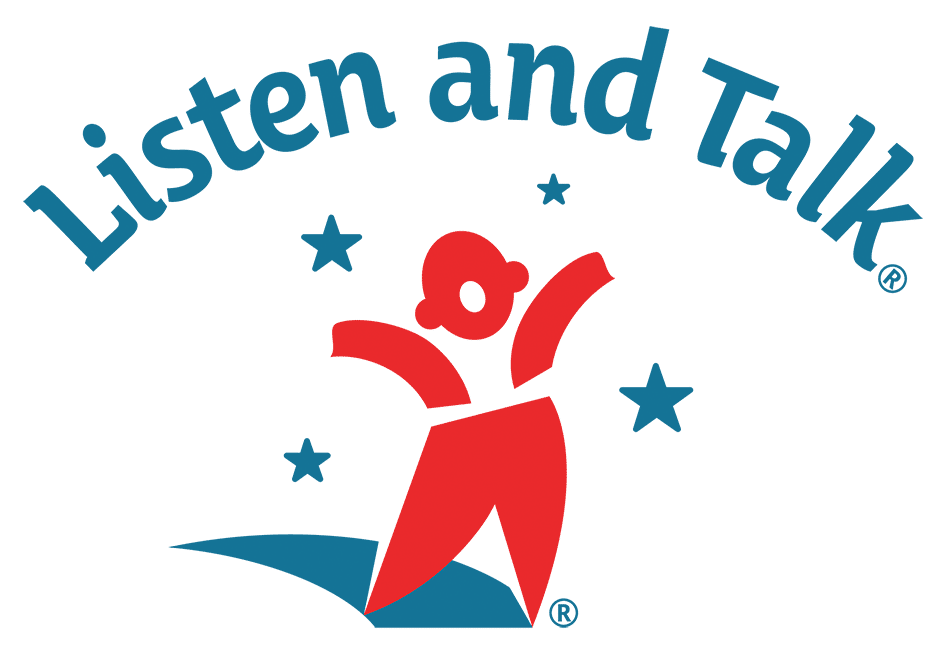More than 3 in 1,000 children are born with some degree of hearing loss. It is the single most commonly occurring birth anomaly in United States. In Washington State, the Department of Health estimates that between 86-500 babies are born each year with a hearing loss.
There are some risk factors for hearing loss that include family history of hearing loss and low birthweight. Other times hearing loss can be caused by:
- Injury to the eardrum -Abnormal development of the structures of the ear
- Exposure to certain toxic chemicals or medications while in the womb or after birth
- Genetic disorders -Infections the mother passes to her baby in the womb
- Infections such as meningitis or measles
- Problems with the structure of the inner ear It is often possible to treat hearing loss that is caused by problems in the area of the eardrum and the middle ear, which is right behind the eardrum.
Left undetected, hearing loss in infants can negatively impact the acquisition of speech and language, academic achievement, and social and emotional development. If identified, however, families can access early supports which enable their children to develop and grow. With early identification and early support, children can meet milestones, including those associated with listening, speech and language. The National Institutes of Health’s (NIH) Consensus Development Conference on Early Identification of Hearing Loss concluded that all infants should be screened for hearing loss, ideally prior to hospital discharge. Research has concluded that children born with a hearing loss who are identified and given quality services by 6 months of age demonstrated significantly better speech and reading comprehension than children identified after 6 months of age.
When a child is deaf or hard of hearing, appropriate technology is important for giving that child access to sound, so they have the potential to develop the ability to listen and talk. Some children benefit from hearing aids and others receive need cochlear implants to access sounds and spoken language in a meaningful way. Families, teachers, therapists, and audiologists work together to maximize the impact of hearing technology and to help make sure a child with hearing loss has all the tools and supports needed to learn.
We support children with all degrees of hearing loss, ranging from single sided (unilateral) mild hearing loss to profound bilateral (both ears) hearing loss. Listen and Talk’s B-3, LSL Therapy and Outreach Programs are designed for children who are deaf or hard of hearing. Our Blended Classrooms offer a cooperative environment for children with and without hearing loss. Children who have hearing within the normal range benefit from the language rich classroom experiences and help Listen and Talk provide a typical early childhood experience for our students.
Parents’ communication choices are based on their long-term desired outcomes for their child. The goal of listening and spoken language education is to provide children with the ability to listen and talk and learn along side their hearing peers. Many children who are diagnosed with a hearing loss are born to hearing parents. A listening and spoken language education allows families to rely on the spoken language(s) of their immediate and extended family as well as their community. Young adults who are graduates of Listen and Talk regularly report that their listening and spoken language education has allowed them to integrate into regular classrooms, develop fulfilling careers, and to be socially active within the community at large.
By combining proven auditory-verbal educational methods with the use of advanced hearing technology such as state of the art hearing aids and cochlear implants, almost all children with hearing loss can learn to rely only on listening and spoken language. Technology provides necessary access to sound while education administered by highly trained professionals allows a child to make sense of that sound and use it to learn and communicate.
There is a difference between speech and language. Speech is made up of sounds that are combined to make words and sentences, and language is the meaningful combination of thoughts that can be communicated. Spoken language is typically developed by hearing it.
